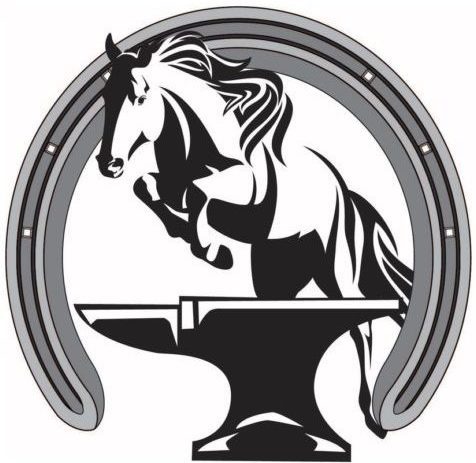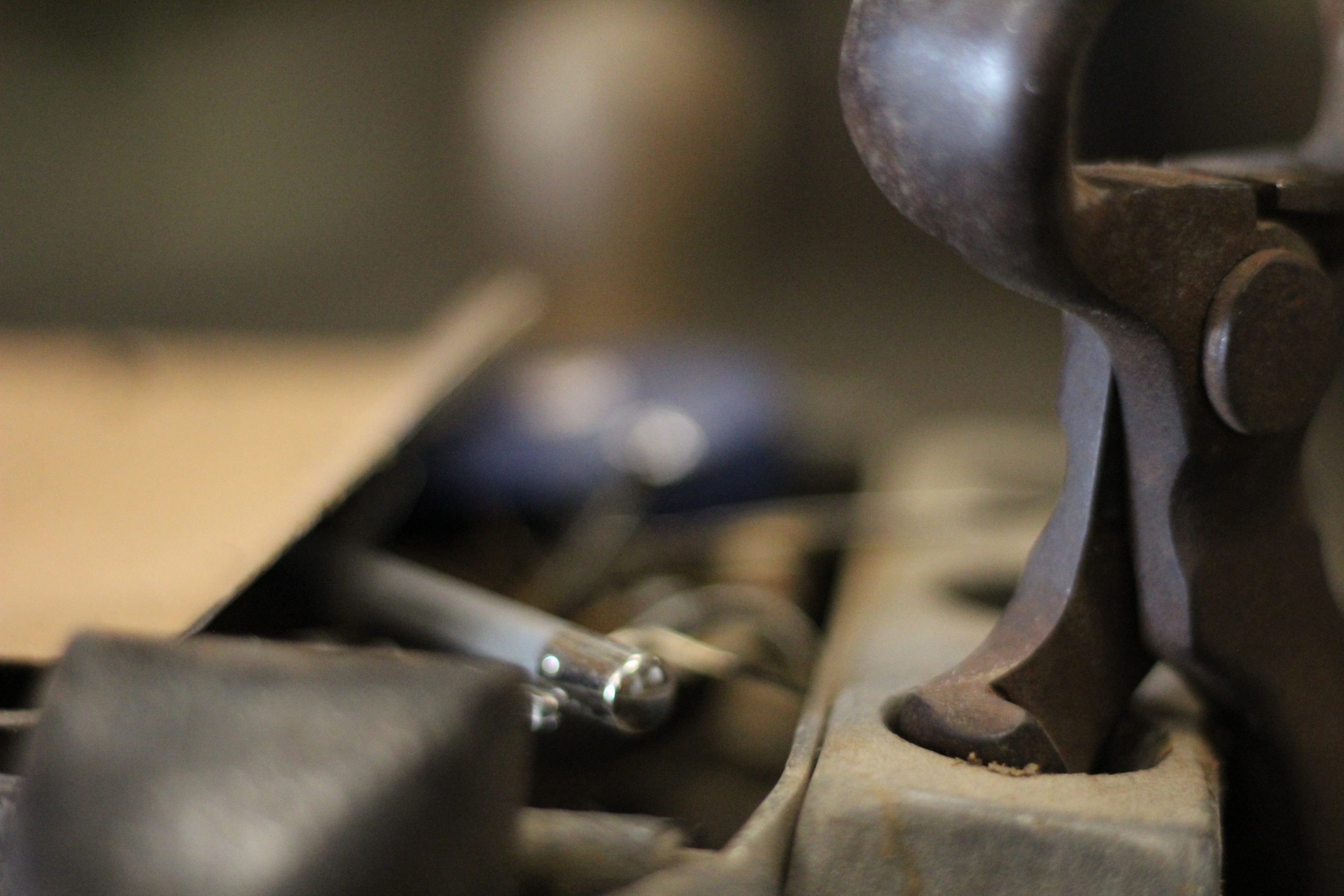As farriers, we have a difficult and dangerous job – on a good day. Ideally, horses will be trained to stand for the farrier and vet and won’t cause any issues. Unfortunately, we see horses all the time that do not stand or show behaviors that are less than ideal. At best, this can lead to us being sore or having minor injuries. While we are happy to work with horses whose behavior is less than ideal, as long as owners are willing to work to correct the behavior, there comes a point when working on a horse is simply not worth the risk. There are also times that it is best to not work for a particular client. So how as farriers should we decide when to not work on a horse or with a client? While that answer will vary widely with each farrier, these are some general thoughts I would suggest.
First, when to walk away from a horse. If a horse is simply too dangerous to work on, it is time to walk away. When a horse blows up each time the farrier picks up a foot or is aggressive to the farrier (i.e. purposely kicking out) then it is time for something to change. Preferably the owner/trainer is able to step in and make the horse safe. While not always the best option, having a veterinarian come to sedate the horse is a possibility. Hopefully one of these options is available and works, if not, it may be time to walk away. Working on one particularly dangerous horse is not worth risking the farrier’s health and career. It may also be in the best interest of the farrier to not work on a particular horse when it becomes an ethical issue. While it doesn’t happen very often, there are times a farrier is asked to trim or shoe in a particular way that would be harmful to the horse; if the owner/trainer refuses to let the farrier do what he or she knows is right for the horse then it is probably time to walk away.
When should we walk away from a client in general? If the farrier refuses to work on a particular horse, a client will generally choose to find a new farrier; however, that is not always the case. A farrier may choose not to service a client for reasons other than horse behavior as well. If a client habitually cancels appointments at the last minute or simply does not show up to several appointments, it may be time to ask them to find a new farrier. Also, if an owner does not pay for services provided, it may be time to ask them to find another farrier. There could be other reasons as well depending on the individual farrier and their policies. It may be wise to step back from particular clients for purely economic reasons, if a client is outside of the service area for a farrier, it may not be economically viable to continue going to that stop. On a more positive note, it is a wise idea to suggest an owner to find a new farrier if the hoof care needed is simply beyond our current capabilities, for instance, at Dixie’s we currently do not plate race horses or apply packages to gaited show horses as those are specialties best left to someone better trained in those areas.
When choosing to no longer work for a client, there are certain things we as farriers should or should not do regardless of the reason. First, we should respectfully let them know. It is unwise to simply not show up or call. It is rude and it will leave a poor impression of you and your company. What should be done is a phone call with the owner explaining why you are unable to continue working either with them or with the particular horse. During that conversation or as a follow up after, assistance of some kind should be given with finding a new farrier even if it is simply a link to an association website. As much as possible we should leave the client in the most respectful and professional manner possible.

